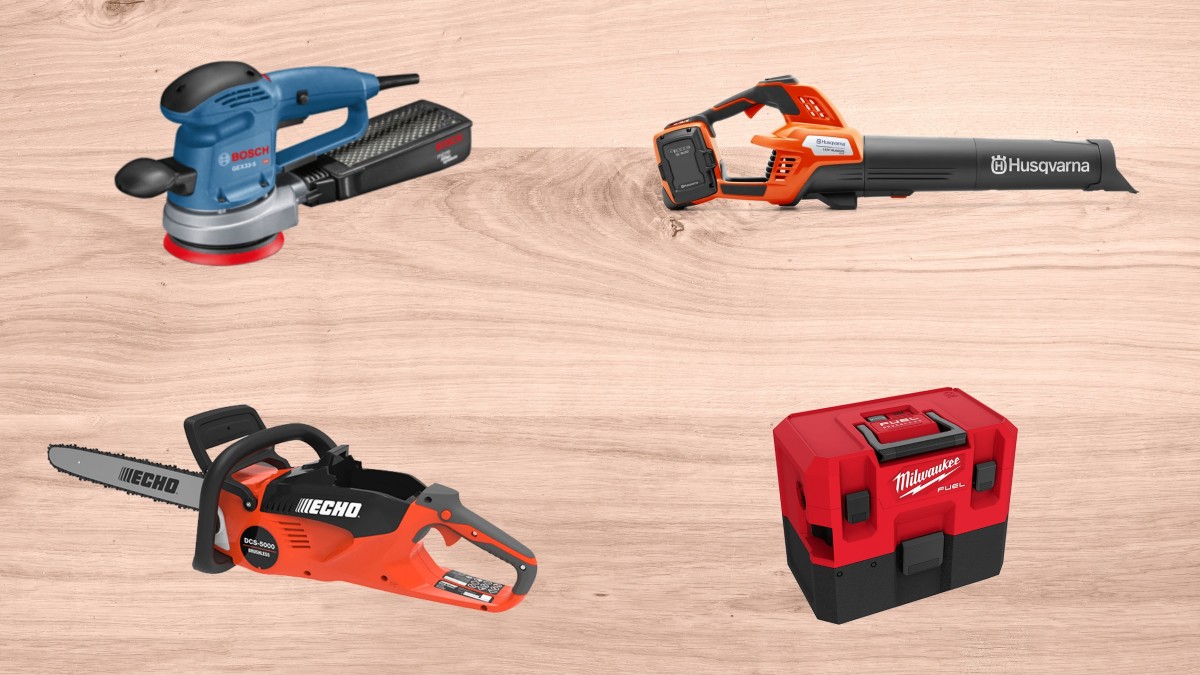When it comes to cutting materials, power tools are often the first choice for many DIYers. However, sometimes we may find ourselves without access to these tools, whether due to a power outage, remote location, or simple convenience. In such cases, it's important to know how to cut materials effectively without the use of power tools.
In this article, we'll explore some methods and techniques for cutting materials without power tools. We'll also provide a few tips and tricks to make the process more efficient and accurate.
- Using a Knife or Hatchet
If you're in an emergency situation where you need to cut materials quickly, a knife or hatchet can be a useful tool. However, keep in mind that these tools are not as efficient as power tools for cutting large amounts of material.
To use a knife or hatchet effectively, follow these steps:
1.1. Select a sharp knife or hatchet with a good handle that feels comfortable in your hand.
1.2. Position the tool at the desired cutting angle and apply firm pressure.
1.3. Apply a sawing motion to make the initial cut. This will help reduce the force needed to make the cut.
1.4. Once the initial cut is made, use the knife or hatchet to finish the cut by applying firm pressure and moving the tool in a straight line.
- Using a Saw Frame
A saw frame is a hand-powered tool that can be used to cut materials such as wood, metal, and plastic. It consists of a frame, saw blade, and handle. To use a saw frame effectively, follow these steps:
2.1. Select a saw frame that is appropriate for the material you want to cut. For example, a metal-cutting saw frame will have a thinner and harder-edged blade than a wood-cutting saw frame.
2.2. Position the saw frame firmly on the material and hold the handle firmly with one hand while steadying the frame with the other hand.
2.3. Apply pressure to the handle while moving the frame back and forth to saw through the material. It's important to maintain control and avoid applying too much force, which can cause the blade to bind or damage the material.
2.4. Saw as deep as necessary, following the desired line of the cut. Once through the material, clean up any rough edges using a file or sandpaper if necessary.
- Using a Chisel and Hammer
Chisels are hand-powered tools used to carve or shape materials by removing small amounts of material with each stroke of the hammer. They are commonly used for intricate carvings or shaping tasks where accuracy is essential. To use a chisel effectively, follow these steps:
3.1. Select a chisel with a sharp tip and comfortable handle. Make sure the chisel is made from high-quality steel or other hard material to ensure it will hold its edge well over time.
3.2. Position the chisel at the desired angle and apply firm pressure to make an initial cut or carve into the material. It's important to maintain control and avoid applying too much force, which can cause the chisel to bind or damage the material.
3.3. With each stroke of the hammer, strike the chisel firmly but not too hard to avoid breaking or chipping the material or dulling the chisel edge. The idea is to remove small amounts of material with each stroke while maintaining accuracy and control.


